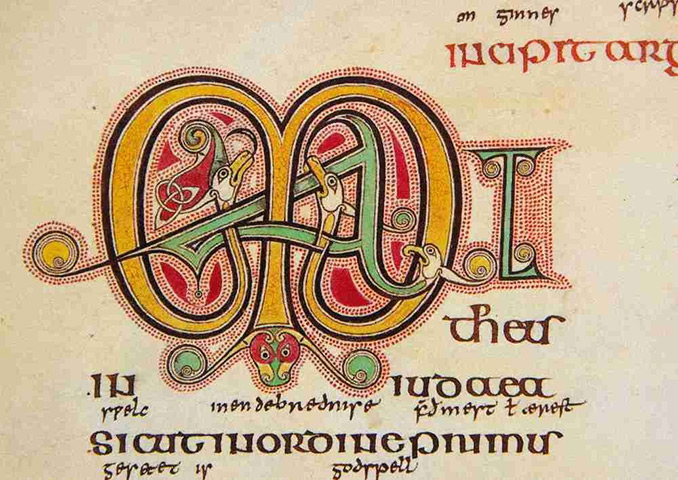The Print Screen: Image and Text, Or Image as Text one-day conference will be held at the University of Westminster in central London on Thursday May 12, 2016.

All are welcome and encouraged to come and take part. The conference is mainly targeted at MA students, PhD researchers and Early Career Researchers. It aims to offer a friendly, inter-disciplinary space for the dissemination of ideas amongst researchers with a shared interest.
Call for Papers
This conference centres upon the intersection between image and text; pictorial depiction in relation to the written word. This inter-disciplinary position allows for contributions from literary studies, visual and cultural studies, photography and fine arts.
The image/text relationship is perhaps one of the most significant fields of current academic study since constructions of the text and the image, the modes of reading and seeing dependent on these constructions and the relationships between each of them play an important role in the control of human perception and knowledge and the limits and constraints it is based on. The study of this field can explore these limits and learn how to transgress them in radical ways to create new ways of seeing and readings.
The field is in a state of rapid change which begs more sustained analysis. With the telecommunications revolution and the change in popular reading habits the boundaries between image and text are becoming increasingly blurred. In our time children are taught to read from an early age in a practice which links pictures with the text and increasingly, people see the TV or film adaptations before they read the books. On a daily basis, they send and read texts and emails with emoticons.
This conference offers a unique opportunity to explore the image/text interaction through multiple perspectives. Topics for papers can cover varying geographic and historical situations and include, but are not limited to:
– the inclusion of words in Western art or calligraphy and the calligraphic art of the East and Arabic worlds;
– illustration as readings of writing, e.g. children’s illustration;
– the representation of the letter as or against or in relation to the image or the relationship between reading and seeing (e.g. in children’s ABC and learning-to-read books);
– ekphrasis, or descriptions of images in writing;
– film and writing – adaptations of writing for the image;
– erotica and sex scenes in literature in relation to vision;
– illustration, photography and their relationship to scientific writing and the encyclopaedia;
– non-standard typographic representations in literature;
– the use of both images and texts within the canon and archive;
Submission and Attendance Information
Prospective authors are invited to submit their 200 word abstract for their paper to suneel.mehmi@my.westminster.ac.uk
The deadline for submission is Monday 25th April 2016. Successful candidates will be selected by the hosting committee.
This is a free event but places are limited. If you simply wish to attend rather than to present, please register by sending an email to the above email address and further details will follow in due course.
Sample Abstracts for Presentations
(Contemporary) The contemporary era challenges the concept of archival media, particularly with regards to the arts. Graffiti and street art incorporate images and texts as responses to urban cultural phenomena. This process is an update to the traditional folkloric tradition and is evident globally. I argue that these art forms are as important to artistic archives as less ephemeral modes (printed works, sculptures, canvas pieces). Using fieldwork from trips to London, Melbourne, Tokyo and Hawaii, the intersections between image and text are found in a public domain that often subverts the private, academic position of the archive. The archive can not only be redefined in terms of content, but also in terms of structure – online social media provides a ‘people’s archive’ that is instantly accessible and more reactive and responsive than traditional archives.
I am very interested in this field, and will certainly be in touch. Exciting.
LikeLike
Hi Charlotte,
We’ve extended the deadline for submissions and are still scouting for abstracts if you are interested in presenting. Best, Suneel.
LikeLiked by 1 person
Reblogged this on Charlotte Pickering UK Author and commented:
A fascinating topic.
LikeLike